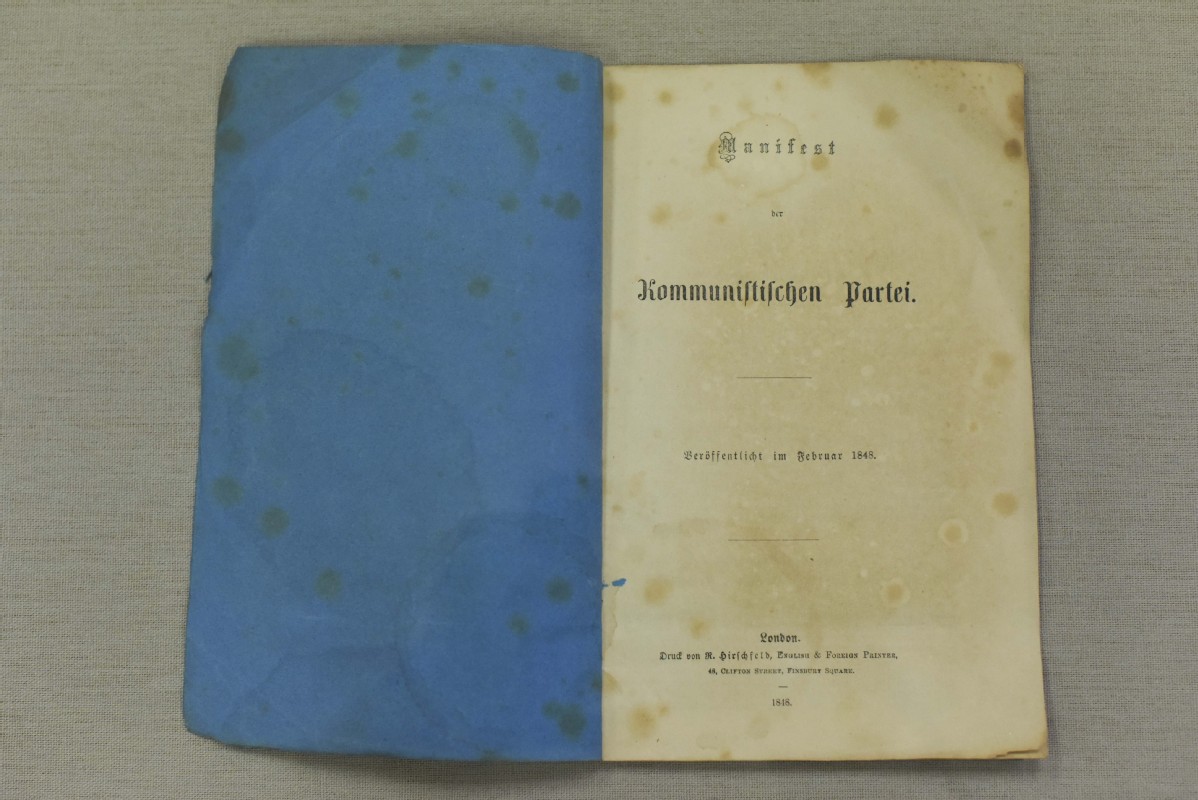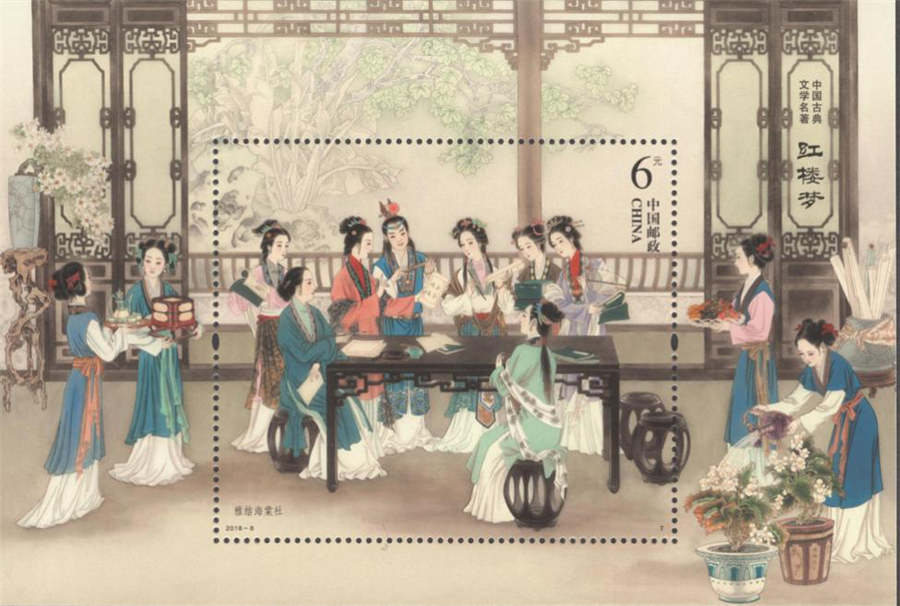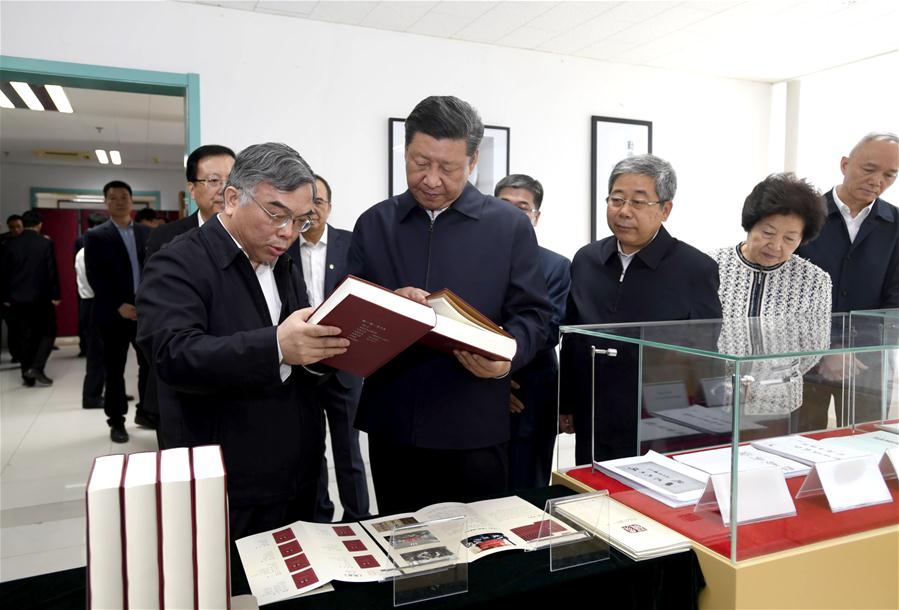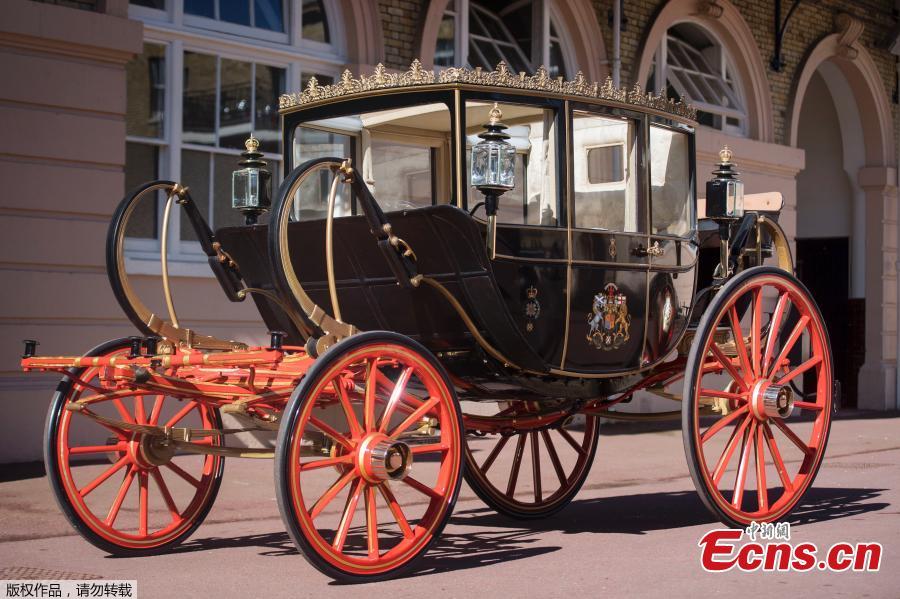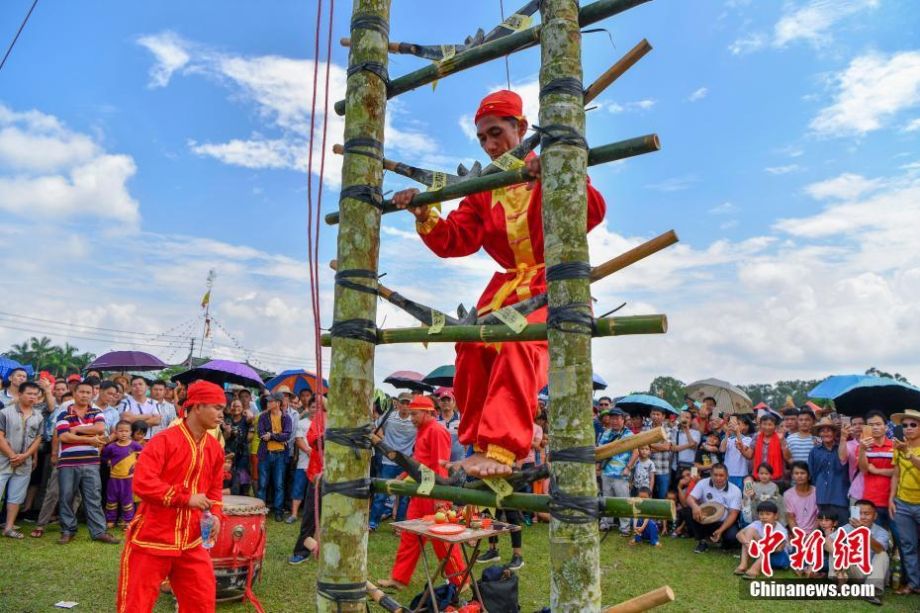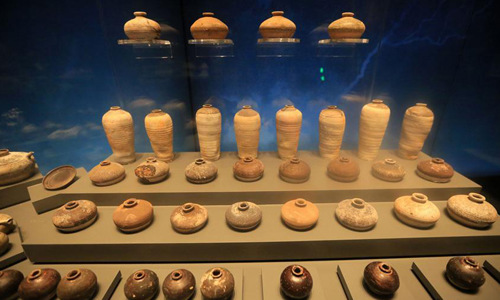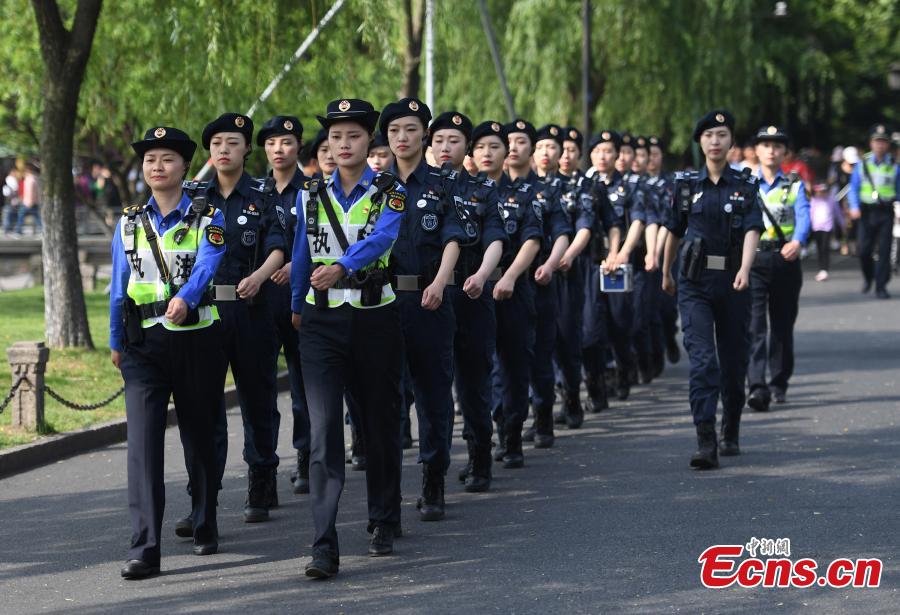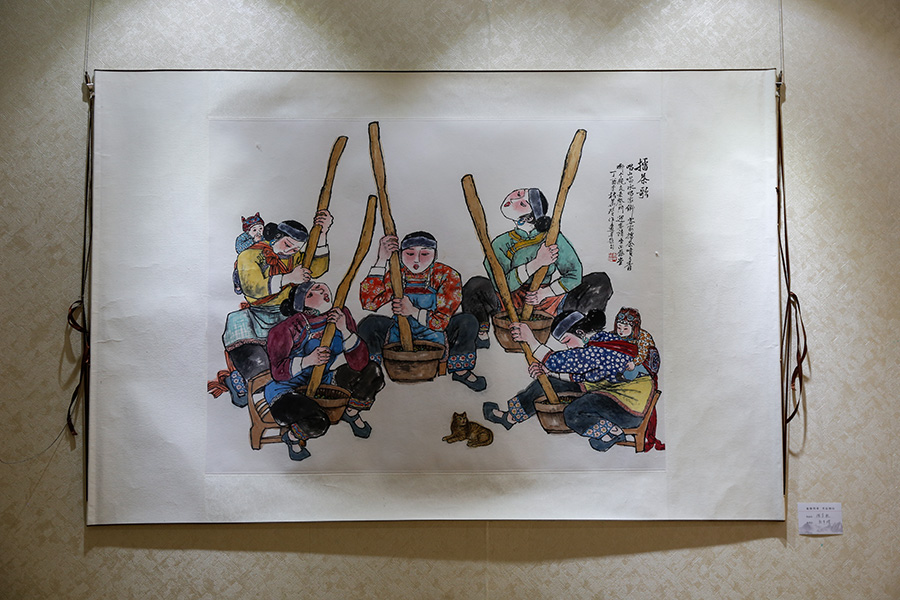Many Indian young people now choose to learn Chinese to access a bigger pool of job opportunities in Chinese-funded enterprises as more and more Chinese enterprises have come to the country to conduct business.
"After joining Air China, my life has undergone a huge change. No one at home had ever selected this kind of work before," Heena Nakhwa told Xinhua.
Nakhwa, 26, is working for China's national carrier Air China. Her Chinese name is Yi Na.
"Now I have become financially stable, more responsible. I have learnt a foreign language (Chinese) and have also encouraged my friends to learn. I won people's respect and it makes my parents proud," said the young lady.
As early as in 2015, thanks to the successful application to a government scholarship program which made it easy to learn Chinese, Nakhwa went to China to study.
After returning home with the "expertise" in October 2016, she successfully joined the sales team of Air China BOM Office.
In less than two years, Nakhwa feels that learning Chinese was the turning point of her life.
"There are five people in my family. My parents retired four years ago. I now get paid 40,000 rupees (some 600 U.S. dollar) more than before. If you have a good income, naturally you can give your family a better life," she said.
"In my free time, I also teach Chinese. Last year, two of my students passed the HSK3 level exam."
Nakhwa's experience is an epitome of a new trend of "Chinese fever" in India.
At the Indo Sino Bridge in the University of Mumbai, events are held regularly, showcasing Indians and Chinese singing, dancing, reading poetry and performing other stage arts together.
The popularity of the events gives a deep sense of a Chinese wind blowing.
"You could say India is now in 'Chinese fever,' because there is a big market. Many Chinese enterprises have come, and the future will bring more and more. Learning Chinese will give more opportunities," Manu Arora from Gujarat Central University told Xinhua.
Professor Dibo Jie, or BR Deepak, from the Center of Chinese and Southeast Asian Studies at Jawaharlal Nehru University in New Delhi, said it is estimated that at present there are tens of thousands of people learning Chinese in India.
"Chinese is one of the working languages of the United Nations, and is the most used language in the world, with the continued expansion of Chinese economic and political influence, prompting countries to learn Chinese, India is no exception," he said.
In BR Deepak's view, the primary reason of the current "Chinese fever" is the significant growth in trade between China and India, which has brought a lot of jobs.
A large number of Indian students and businessmen who go to China for studying or working want to master the basic everyday language before arriving in China.
In addition, the development of tourism between the two countries has also stimulated the development of Chinese learning in India.
According to official figures from the Chinese Ministry of Commerce, China's trade with India reached a record high of 84.4 billion U.S. dollars in 2017, up 20.3 percent from the previous year.
China remains India's largest trading partner.
Chinese companies have invested more than 8 billion dollars in real investment, and Indian companies have increased their investment in China by an average of 18.5 percent over the past three years.
Sudheendra Kulkarni, former chairman of Observer Research Foundation (Mumbai), said China's economic development has been successful and its model is particularly suitable for copying in India.
On current trends, the economic and trade cooperation between China and India will soon exceed 100 billion U.S. dollars, and show an accelerated development, and it will also bring more employment opportunities for young people in India, he said.
Talking about future, Nakhwa said, "I want to improve my Chinese, and also teach my students in more efficient ways."










